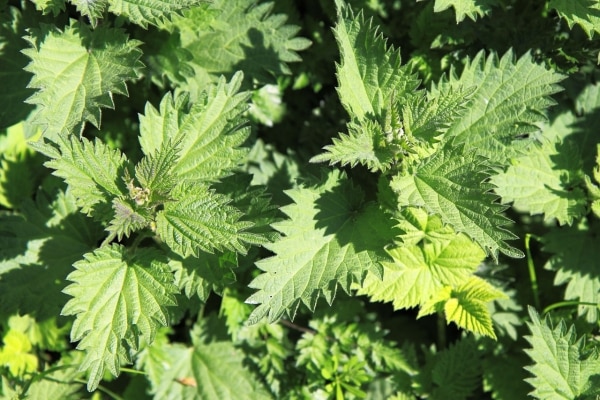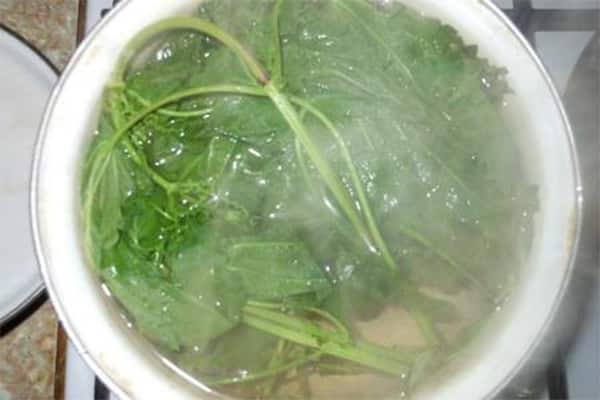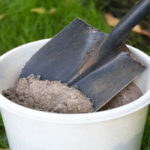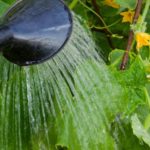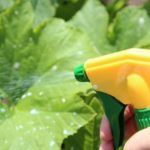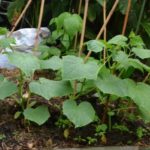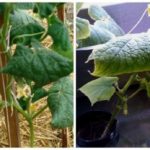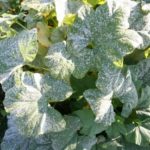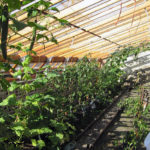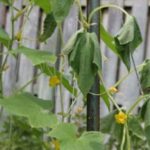Fertilizing cucumbers with nettles can be carried out both at the time of growth of the vegetative mass, and during the period of the appearance of ovaries, and when the crop ripens. This natural fertilizer can be found everywhere - not only in the garden, but also along forests - on the edges, in ravines, along natural reservoirs, along roadsides.
Cucumbers that are not fertilized do not bear fruit as well as we would like. Therefore, summer residents purchase chemical fertilizers in specialized stores that are ready for use.But near any site there is a large amount of natural fertilizers that will not cause harm to the human body and will serve as a good fertilizer for garden plants.
Nettle is a natural food for cucumbers
It should be recalled that not every weed can be used as an organic fertilizer. Some weeds are poisonous themselves or can release harmful substances as they decompose. And some cereals release alcohol during decomposition. All this is harmful to vegetable plants; harmful substances can accumulate in ripening fruits and cause harm to the human body.
But nettle, which is a medicinal plant, can benefit not only humans, but also growing vegetable crops. Zealous gardeners consider this plant a harmful weed and mercilessly deal with it in the garden and in the garden. But the following active substances were found in this plant:
- macro and microelements Ca, K, Fe, Cu, Zn, Mg, N;
- vitamins A and C.
True, some livestock and poultry owners use this weed as a vitamin supplement for their animals. But mostly, summer residents simply get rid of nettles on their site. But cucumbers need N and K during their growth process.
The lack of these minerals leads to deterioration in the growth of shoots and roots; the ovaries of this vegetable crop are poorly formed, and the fruits do not ripen to the required size. And at the same time, the source of such minerals is simultaneously mercilessly destroyed.
Feeding vegetable crops with nettle infusion saturates the roots and the entire plant with all the necessary nutrients.Nettle infusion will enrich the soil and plants with a large amount of vitamins and minerals, and will also prevent the infection of vegetables with various diseases and provide protection from “harmful” bugs.
Those summer residents who tried to use nettle fertilizer for vegetable crops in their garden began to treat this weed more respectfully. This stinging weed is collected by them wherever possible, dried and used to feed plants as needed. After all, this medicinal herb retains its valuable properties, both fresh and dried. But a number of gardeners prefer to prepare a nettle infusion for watering plants, which they use throughout the season.
Nettle infusion for cucumbers
The pungency of the stems of this plant is well known to everyone, so many people do not like nettles and prefer to get rid of them whenever possible. However, experienced gardeners use this “disadvantage” of plants for the benefit of their garden.
You can plant cucumbers in rows, and lay a layer of nettles between them. Caterpillars and other harmful insects will not get through such a burning barrier. And if you lay the plucked nettle grass directly along the roots of this vegetable crop, then a layer of this mulch will prevent weeds from growing, while simultaneously protecting the plants from pests. And from the outside it may seem that cucumbers are planted on nettles.
A number of summer residents prepare fertilizer from nettles, crushing them and adding them to the mulch layer. This additive enriches the top layer of soil and prevents the development of erosion.
So, with the question: “Is it possible to fertilize cucumbers with nettles?” all clear. It remains to understand how to prepare fertilizer from nettles, and how to feed cucumbers with this fertilizer.
Nettle fertilizer is very easy to prepare.The weed is collected and crushed. To prepare the infusion, you can use fresh, dried or dried weeds. The chopped plants are placed in large containers.
The main requirement is that it is not recommended to infuse nettle fertilizer in metal containers.
Usually, to prepare the infusion, any plastic containers are used, into which crushed raw materials are placed and filled with water. The water should first be left standing for 24 hours.
Then this infusion should be infused in the shade for two weeks. The smell that this natural fertilizer gives off is quite unpleasant, because fermentation occurs in the containers. Therefore, such an infusion is usually kept away from country houses where people live.
From above, the barrels with the prepared fertilizer are covered with polyethylene or lids to limit the flow of oxygen inside. When the fermentation process is over, the fertilizer will smell like regular manure.
After fermentation is complete, nettle fertilizer can be used for watering cucumbers at the root (or for foliar feeding).
The nettle solution should be diluted with water. Proportions in which the infusion is diluted:
- for application under the roots - in a ratio of 1:2;
- for cucumbers (their above-ground parts) - ratio 1:5.
Do not feed peas, beans, soybeans, onions and garlic with such a fermented solution - these vegetable plants do not like nettle infusion.
Cucumbers are fertilized regularly with nettle infusion, which leads to accelerated growth of their stems, an increase in the number of ovaries, and rapid ripening of the crop. Moreover, such fertilizer is valuable even for indoor flowers, which literally two or three days after adding nettle mash come to life, the foliage becomes more shiny, and the number of buds increases.
You can use nettle ash as a top dressing. In this case, all cut nettles are dried and burned. The resulting ashes are dissolved in water and the cucumbers are watered. Nettle ash saturates plants with potassium and nitrogen, which is especially valuable for plants in spring and early summer, when they are actively increasing their vegetative mass.
Preparing beds with nettles
This method of preparing beds for cucumbers is especially common in Siberia and the Urals, where the warm season is short, and cucumbers and other vegetable crops need warmth (especially in warm beds).
The preparation of beds on which cucumbers can be grown in open ground (or in greenhouses) is carried out as follows. First, we prepare the beds themselves - trenches are dug along their length and width, the size of one and a half shovels. The trench is filled to a height of half a bayonet with nettles, and soil mixed with humus, compost or rotted manure is poured onto the nettles. We plant cucumbers, peppers, tomatoes, cabbage in the beds prepared in this way - almost any vegetables and herbs can be grown in such “warm” beds.

